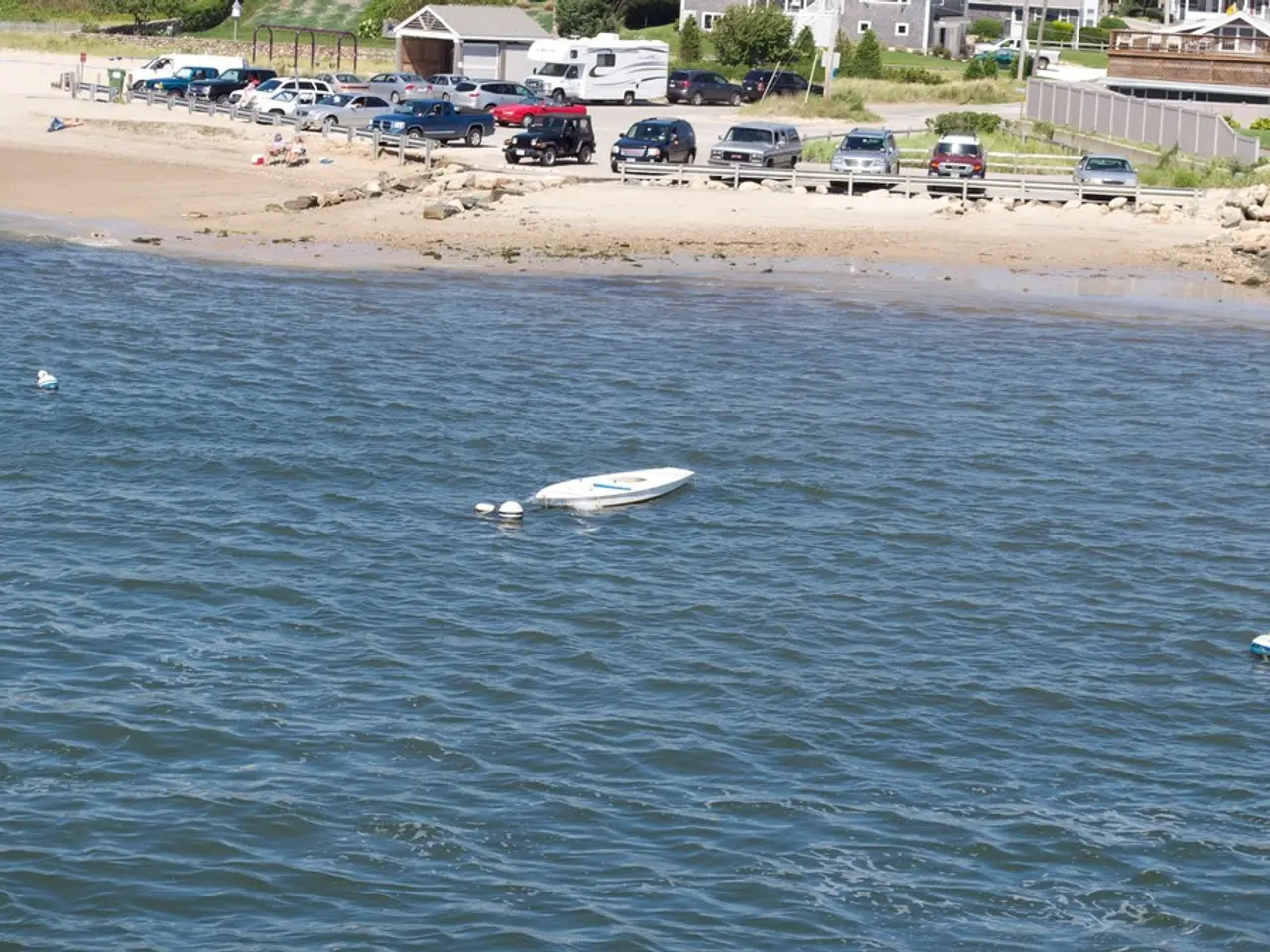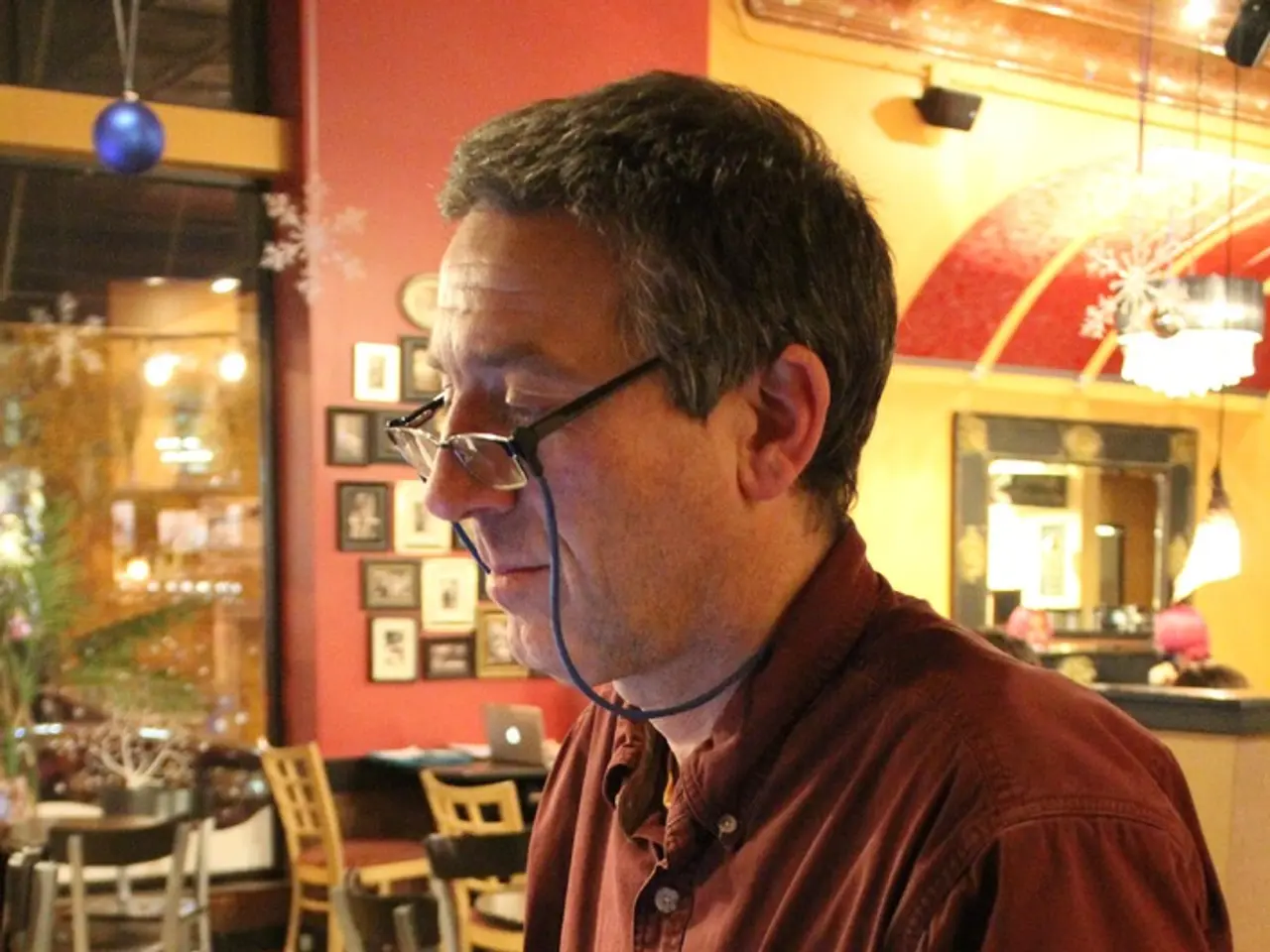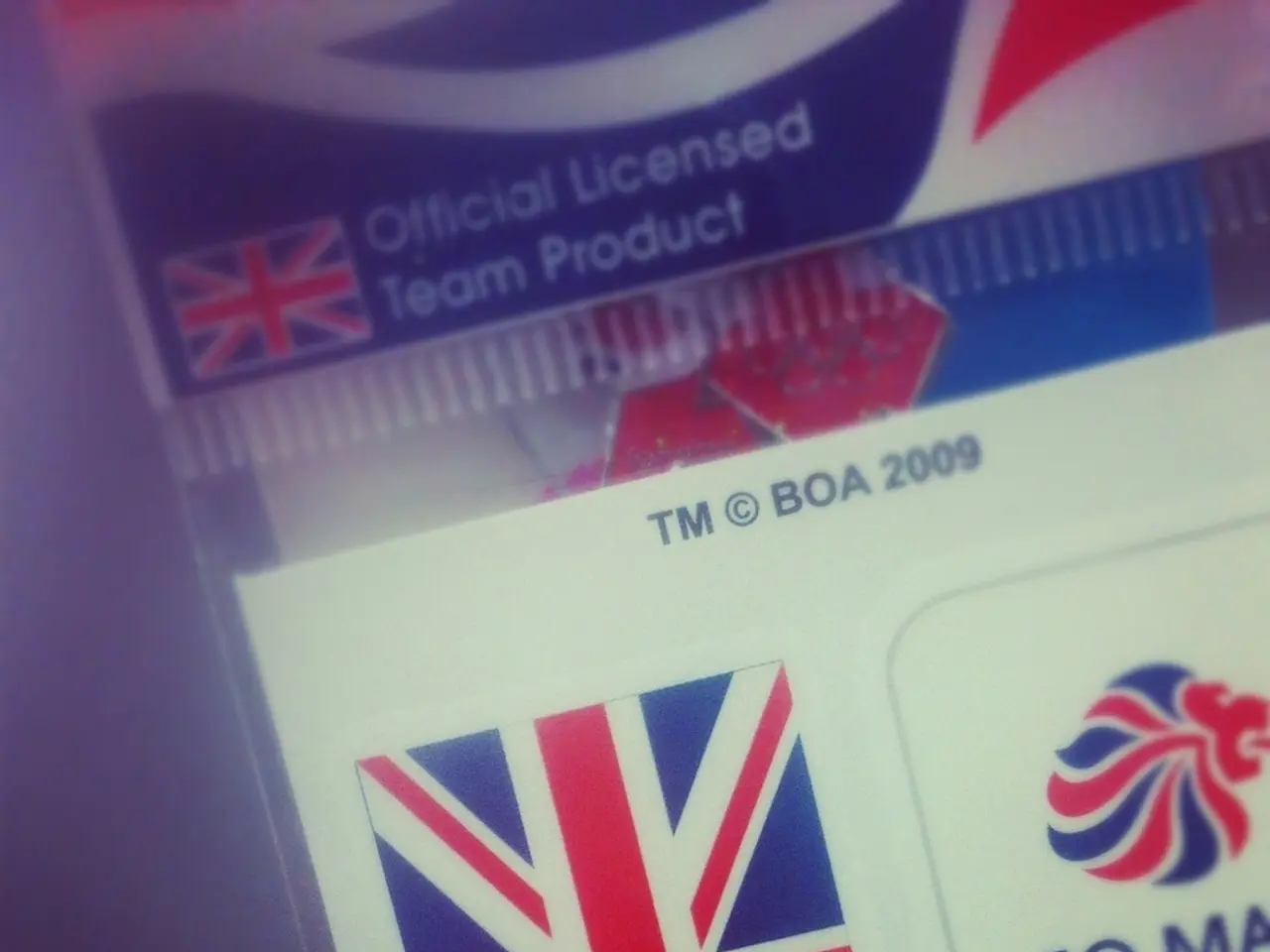Comprehensive Mapping of Portugal's Maritime Regions by 2030 with SeaMap 2030 Initiative
Portugal Boosts Ocean Mapping with SEAMAP 2030 Program
The Portuguese Instituto Hidrográfico (IH) is playing a significant role in the global effort to map the Earth's ocean floor, as part of the Seabed 2030 project. This ambitious initiative aims to complete the high-resolution mapping of the entire ocean floor by 2030 [1].
The IH is leading the SEAMAP 2030 program, which focuses on mapping the seabed around Portuguese waters and nearby oceanic areas with high-resolution technologies. This program's data is being integrated into the global Seabed 2030 database, enhancing the completeness and resolution of the global ocean floor map, particularly in the northeast Atlantic region [information inferred from the nature of collaboration and typical contributions of national hydrographic institutes].
One of the key advantages of the SEAMAP 2030 program is that it raises the bathymetric coverage where there was no data, especially in the Azores EEZ, where the coverage currently stands at 39%. In contrast, the mainland EEZ boasts the best bathymetric coverage at 78% [2]. The program also increases sounding density, which can enable better bathymetric products even in areas where there was already some data [2].
The IH has developed a new spatial database to store oceanic and coastal bathymetric data, allowing for the combination of soundings from multiple surveys, enhancing sounding density, and creating new and specific products [3]. This database helps in preserving IH's data quality standards during the processing stage, making the data suitable for nautical charting purposes [4].
Seafloor mapping, as a result of the SEAMAP 2030 program, is crucial for various reasons. It supports coastal, lacustrine, and marine geologic research, and bathymetric data can be applied in several ways, from water transportation to the study of climate change [5]. Seafloor mapping also helps in knowing where and what to protect, and it is essential for the establishment of marine protected areas (MPA) [6].
Moreover, seafloor mapping expands the information about marine resources and improves the efficiency of their exploration and preservation [7]. It can be an important tool to mitigate risks associated with extreme weather events, climate action failure, and natural disasters [8]. Seafloor mapping also enhances scientific research, sustainable management, and decision support [9].
The surveys for the SEAMAP 2030 program are being conducted with Multibeam Echo Sounder (MBES) installed on the gondola of Portuguese Navy hydrographic vessels NRP "D. Carlos I" and NRP "Almirante Gago Coutinho" [10]. The IH is processing the data received, comparing it with its own data for quality control purposes [11].
As the SEAMAP 2030 program progresses, it is expected to contribute significantly to the Seabed 2030 project's goal of completing the high-resolution mapping of the Earth's ocean floor by 2030. This will undoubtedly aid ocean science, climate adaptation, and maritime safety efforts worldwide.
References: [1] Seabed 2030 Project. (n.d.). Retrieved from https://www.seabed2030.org/ [2] Portuguese Maritime Spaces. (n.d.). Retrieved from https://www.ih.min-se.pt/en/maritime-spaces [3] New Spatial Database. (n.d.). Retrieved from https://www.ih.min-se.pt/en/new-spatial-database [4] Bathymetric Models. (n.d.). Retrieved from https://www.ih.min-se.pt/en/bathymetric-models [5] Seafloor Mapping and Bathymetric Data. (n.d.). Retrieved from https://www.oceanservice.noaa.gov/facts/bathymetry.html [6] Seafloor Mapping and Marine Protected Areas. (n.d.). Retrieved from https://www.marine-sanctuary.org/marine-protected-areas/ocean-exploration/seafloor-mapping/ [7] Seafloor Mapping and Marine Resources. (n.d.). Retrieved from https://www.marine-sanctuary.org/marine-protected-areas/ocean-exploration/seafloor-mapping/ [8] Seafloor Mapping and Risk Mitigation. (n.d.). Retrieved from https://www.marine-sanctuary.org/marine-protected-areas/ocean-exploration/seafloor-mapping/ [9] Seafloor Mapping and Scientific Research. (n.d.). Retrieved from https://www.marine-sanctuary.org/marine-protected-areas/ocean-exploration/seafloor-mapping/ [10] SEAMAP 2030 Program. (n.d.). Retrieved from https://www.ih.min-se.pt/en/seamap2030 [11] Data Processing in SEAMAP 2030. (n.d.). Retrieved from https://www.ih.min-se.pt/en/data-processing-in-seamap2030
- The science of nautical charting stands to benefit significantly from the data generated by the SEAMAP 2030 program, as the high-resolution bathymetric data collected can be integrated into global databases.
- The integration of data-and-cloud-computing technology is critical for the SEAMAP 2030 program, as it enables the processing and storage of vast amounts of data from hydrographic surveys.
- Environmental-science and climate-change research will greatly benefit from seafloor mapping conducted under the SEAMAP 2030 program, as bathymetric data can provide insights into oceanic ecosystems and their response to changing climate conditions.
- The use of technology such as Multibeam Echo Sounders (MBES) in hydrographic surveys is essential for the SEAMAP 2030 program, as these tools contribute to the safety of navigation by providing accurate and detailed depictions of the ocean floor.




